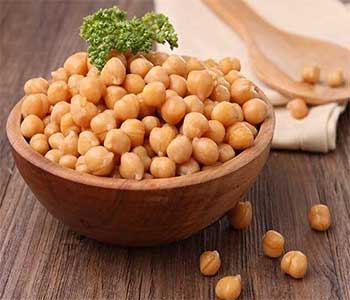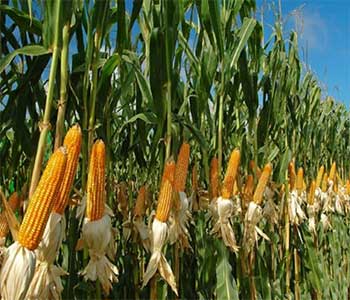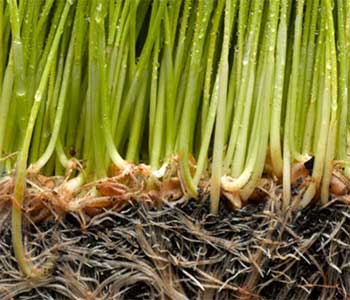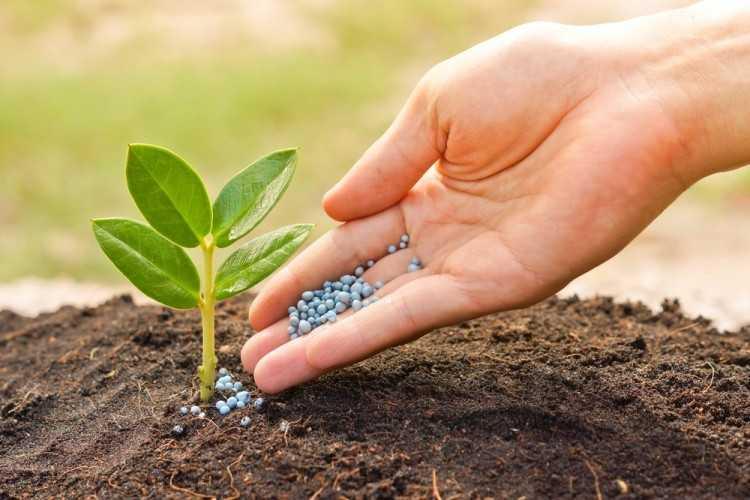The effect of humic acid on root and shoot growth of Sionz and Sabalan cultivars
Wheat root development is especially important at the beginning of the growing season. Humic acid, as an organic acid derived from humus and other natural sources, increases root and shoot biomass through hormonal effects and improves nutrient uptake. In order to investigate the effect of humic acid on the growth of roots and shoots of wheat, a factorial experiment was conducted in a completely randomized design in the research greenhouse of the Faculty of Agriculture, Ferdowsi University of Mashhad in 2008. Treatments included humic acid at four levels (0, 100, 200 and 300 mg per liter of Hoagland solution) and two varieties of autumn wheat (blue) and Sabalan (rainfed). The results showed that humic acid significantly increased the ratio of root area to leaf area and leaf fresh chlorophyll number. Sabalan cultivar had the highest surface area, diameter, total length and root weight. Therefore, Sabalan cultivar was more efficient than Sions cultivar in using humic acid and showed the highest average of measured traits at a concentration of 300 mg / l. Also, the highest leaf area and weight was observed in Sabalan cultivar and concentration of 300 mg / l humic acid, while in Siones cultivar, concentration of 200 mg / l humic acid was found to be more effective in most traits and this cultivar responded positively to lower levels of humic acid. Terry showed up.
Journal of Water and Soil Volume 23 Number 2





